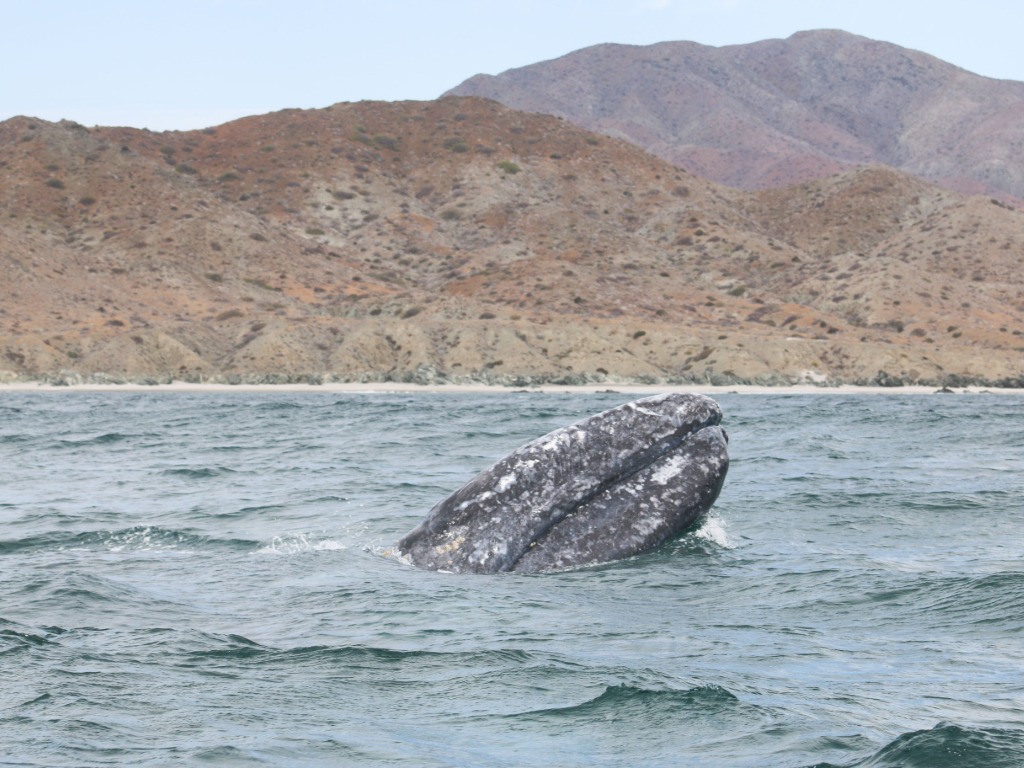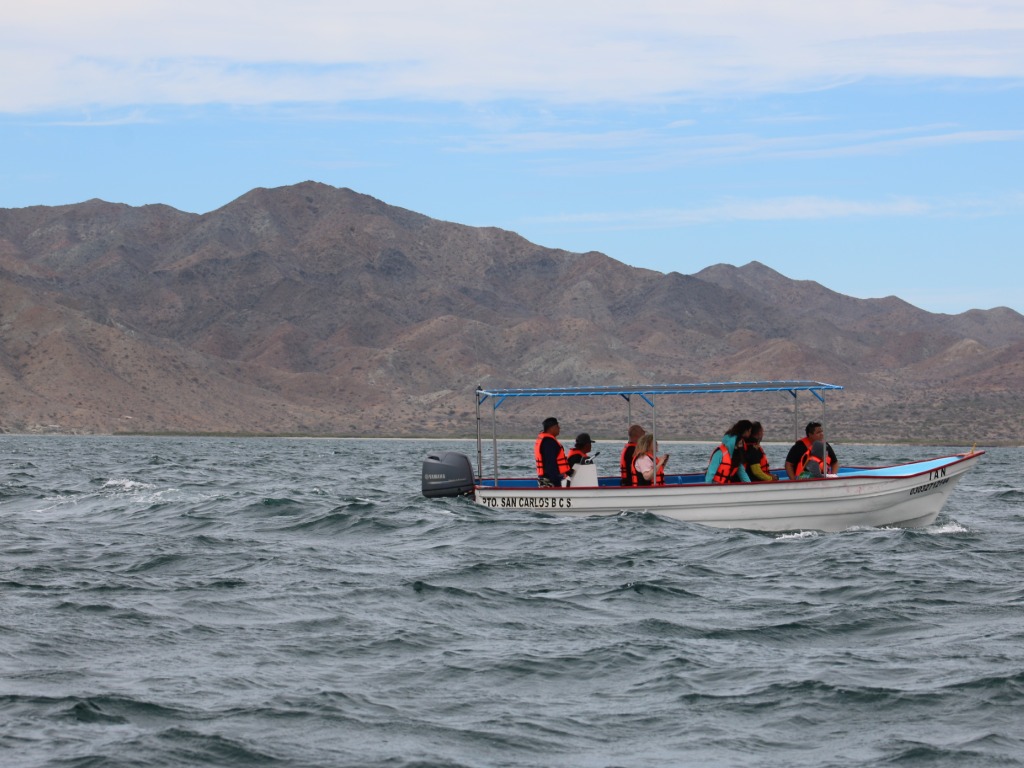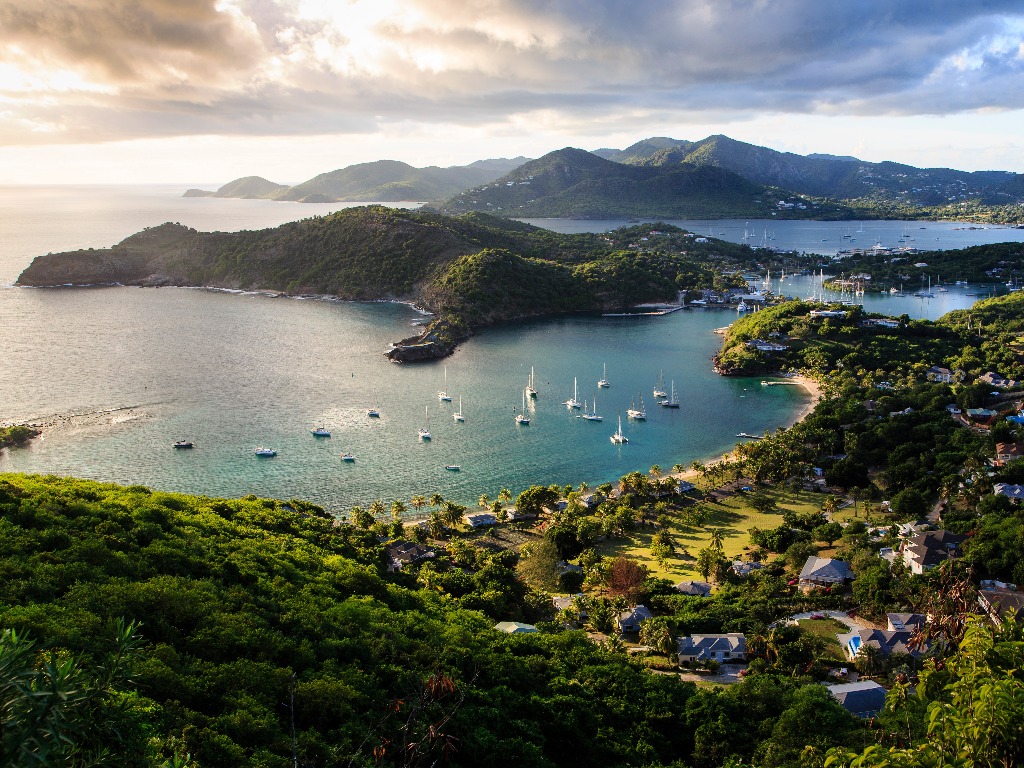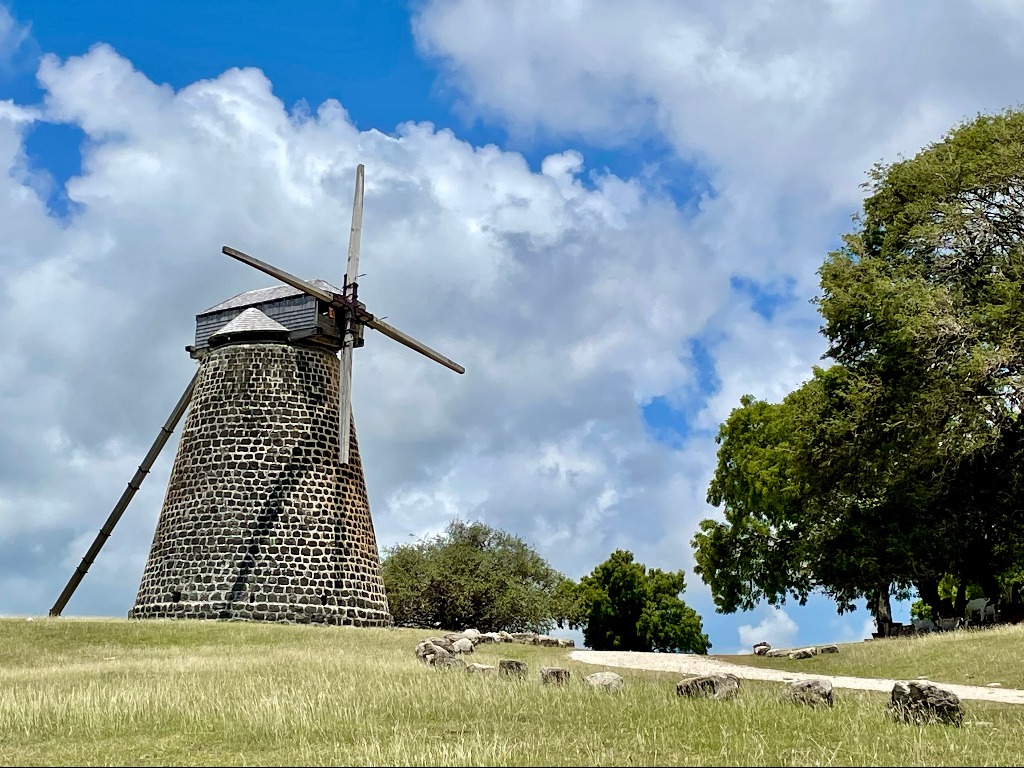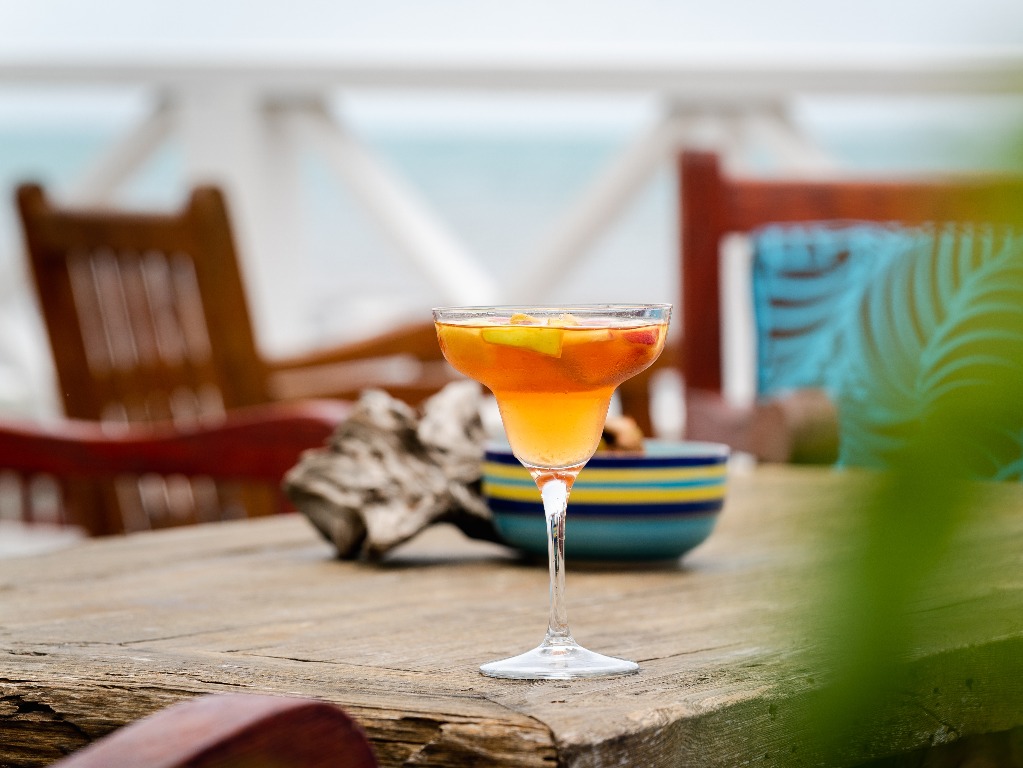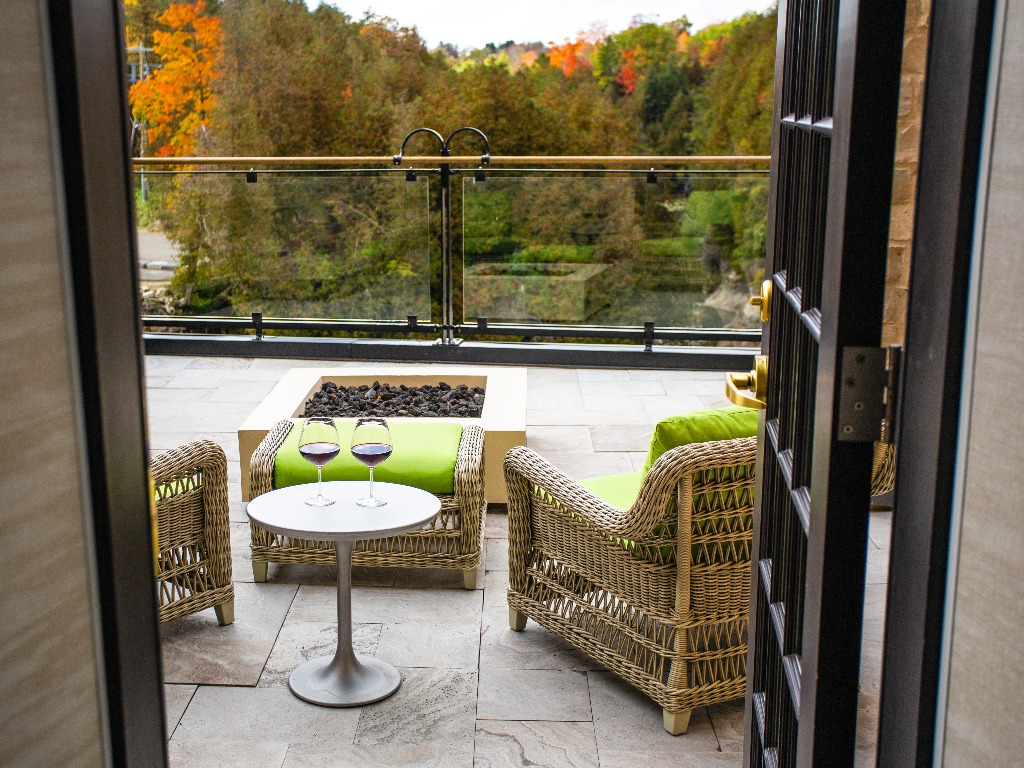
The most luxurious trips to take by yourself this year
From all-inclusive dining, to ultra-luxe pampering, these six tour operators make taking a trip by yourself a true treat.
An overnight rail journey
In July 2025, Belmond will launch the first luxury sleeper train in England and Wales: Britannic Explorer. The train will offer three or six-night journeys with a selection of three routes through the spectacular natural landscapes of Cornwall, the Lake District, and Wales.
On board, guests can enjoy fine dining experiences by acclaimed Michelin star Chef Simon Rogan. The train, crafted in England with elegant interiors by Albion Nord, will feature 18 cabins, a wellness suite, two restaurant cars and a bar located in the Observation Car.


A luxury safari camp
Opening July 2025, andBeyond Suyian Lodge is a luxury safari camp in Kenya that is set across 44,000 acres of conservation lands in the Suyian region. The luxury safari lodge features 14 spacious suites, including a family suite, each with a private plunge pool and outdoor terrace. Guests can enjoy amenities like a personal in-suite bar, outdoor showers, a wellness centre, and al fresco dining options.
Day and night safaris can be arranged with the help of andBeyond’s expert guides. Walking safaris, camel and horseback safaris, active ranching tours are also available to book.


A riverboat retreat
Guided tour operator Tauck has introduced two new ships for spring 2026 that will sail along the Rhone and Reine rivers through France. The ships will accommodate a maximum of 124 and 130 guests. Suites range from 180 to 300 sq. ft. and do not require guests to pay a single supplement.
Guests have access to a dedicated Tauck cruise director and guides to provide the highest levels of service, and the itineraries offered on the new ships will be fully inclusive. Built into the price of every Tauck river cruise are all shore excursions, all gratuities, all onboard beverages (including wine, beer and spirits), arrival and departure airport transfers, all taxes and fees, and more.
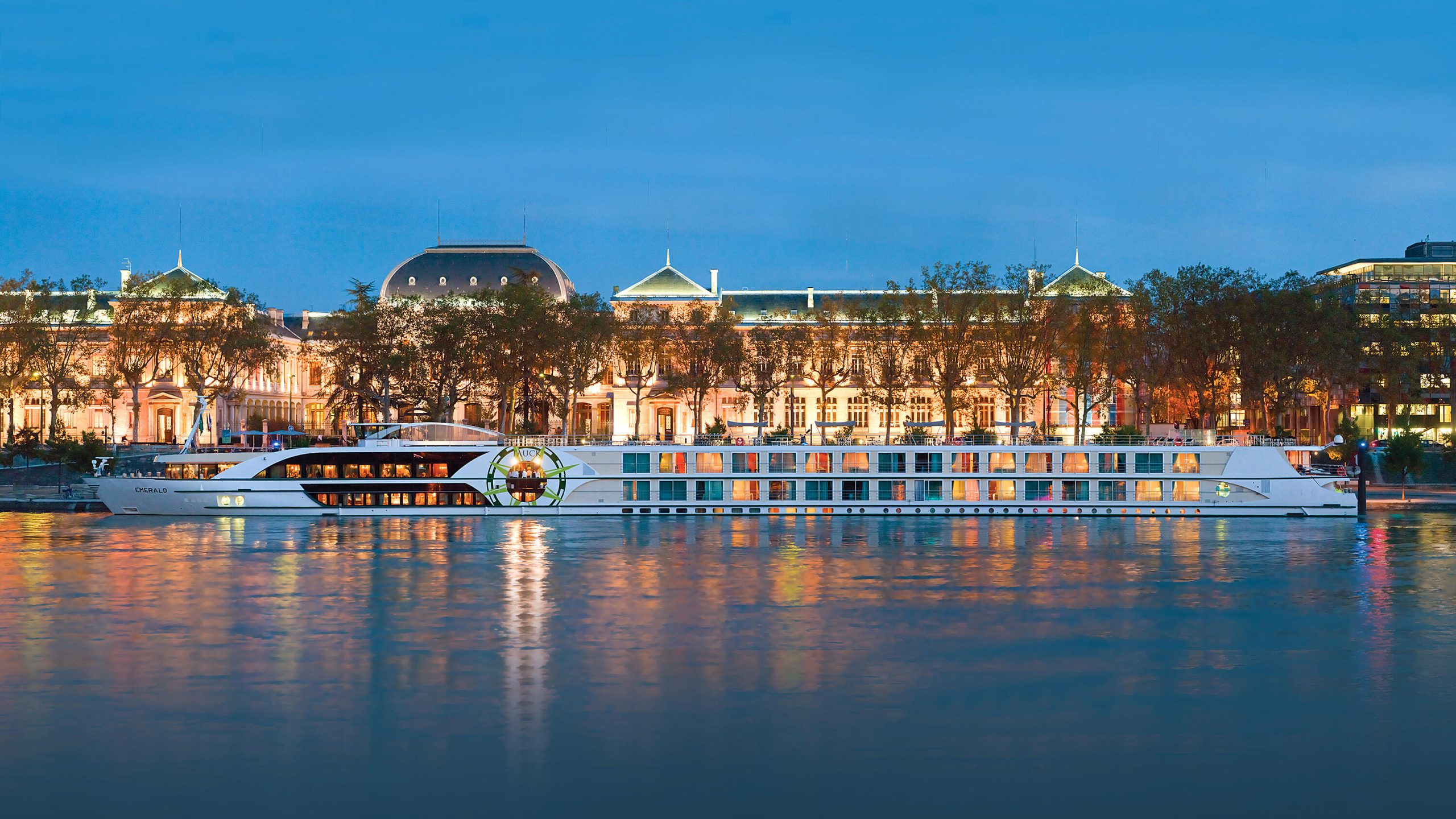
A private jet escape
With 2025 itineraries almost sold out, Four Seasons has added six new itineraries to its lineup of 2026 Private Jet Journeys. The Four Seasons Private Jet is a custom-designed Airbus A321neoLR that hosts the Four Seasons Private Jet Experience – an ongoing series of regional and round-the-world itineraries featuring flexible options for on-the-ground activities and tours, with accommodations at Four Seasons hotels and resorts.
Every Four Seasons Private Jet itinerary includes all flights and luggage coordination, ground transfers, and in-flight meals prepared by a Four Seasons executive chef.


A personalized yacht sailing
Sailing the North and Baltic Seas of Northern Europe during summer 2025, Ilma is the newest superyacht from luxury hospitality brand, The Ritz-Carlton. Ilma offers 224 airy and intuitive suites, all with private terraces providing direct access to the sea.
With accommodation for up to 448 guests, the yacht invites guests to discover five dining venues, a refreshed in-suite dining program, sevens bars, and a signature wine vault. Voyages typically span five to 10 nights with an all-inclusive onboard journey and curated excursions ashore to destinations in the Mediterranean, Northern Europe, Caribbean, and Central America. Private charter options are also available, allowing guests to craft a truly tailored journey.


An exhilarating expedition cruise
Ultra-luxury cruise line Seabourn’s two new ultra-luxury expedition ships, Seabourn Venture and Seabourn Pursuit, are scheduled to visit up to 161 destinations in 31 countries for 2025.
Guests on both Seabourn Venture and Seabourn Pursuit are treated to a range of expedition activities led by an expert 23-person expedition team of scientists, scholars, and naturalists. The ships are also equipped with enhanced Wi-Fi connectivity with SpaceX’s Starlink. Seabourn’s all-inclusive, boutique ships offer all-suite accommodations with oceanfront views; fine dining, complimentary premium spirits and fine wines available at all times.

This article first appeared in the Spring 2025 issue of OFFSHORE Travel Magazine. Click here to subscribe, and to sign up for your digital copy.































